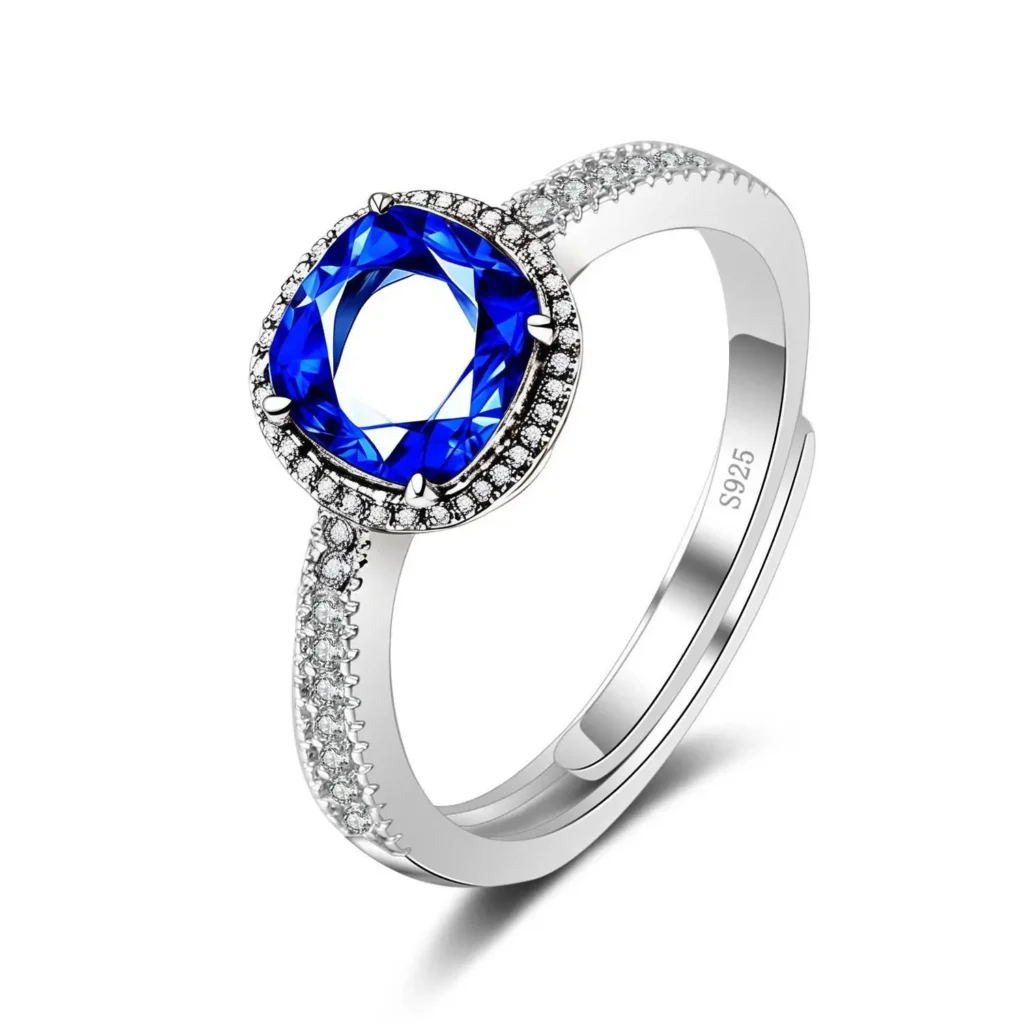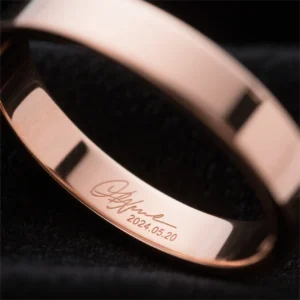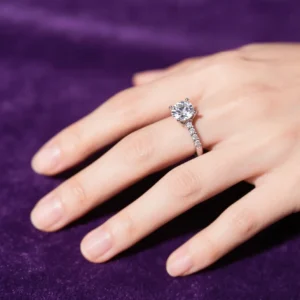The realm of precious metals has long been a subject of fascination; among these metals, silver holds a distinctive position, revered for its luminous aesthetic and versatile applications. However, consumers and enthusiasts alike often encounter confusion when confronted with terminology such as “sterling silver,” “925 silver,” and “pure silver.” While these terms are frequently used interchangeably in colloquial discourse, they denote distinct materials with unique properties.

What is 999 Silver?
What people commonly refer to as pure silver is 999 silver, which represents the unadulterated form of the element, containing 99.9% silver with trace amounts of other metals. Fine silver exhibits unparalleled softness, enabling artisans to craft intricate filigree or execute delicate chasing techniques without risk of fracture. Historically prized for coins, adornments, and artistry, its malleability proved both a blessing and a limitation—it objects to risk deformation under minimal stress, rendering them unsuitable for everyday wear.
What is 925 Sterling Silver?
Sterling silver, also known as 925 silver, was a transformative innovation in the history of metallurgy. By alloying 92.5% pure silver with 7.5% copper, a material is created that retains silver’s lustrous appeal while gaining the structural integrity required for durable goods. The addition of copper increases hardness, making it more suitable for daily use. Furthermore, 925 silver maintains sufficient malleability for artistic expression while resisting embrittlement caused by tarnish. Modern variations may incorporate platinum group metals to improve tarnish resistance further, though such formulations remain proprietary to individual manufacturers.
Is 925 Sterling Silver Real?
Yes, 925 silver is authentic, strictly by the ratio of 92.5% pure silver and 7.5% alloy. Mandated by international standards for silverware and jewelry production, it optimises the metal’s inherent lustre while imparting the necessary durability for functional applications. The designation ‘925’ or ‘S925’ is a hallmark of authenticity, attesting to compliance with global standards for precious metal compositions.

999 Silver vs 925 Silver
The term’ ‘999 silver’ typically refers to fine or pure silver, which is composed of 99.9% pure silver. While luxurious, its malleability makes it impractical for most designs as it is prone to bending, scratching, and tarnishing, thus incurring a higher cost. Conversely, 925 silver contains 92.5% silver alloyed with 7.5% copper or other metals. This blend enhances durability, ensuring that pieces retain their shape and withstand daily wear. Although both types of silver tarnish over time, 925 silver strikes a balance between purity and functionality. It allows for intricate designs that hold their shape and are comfortable to wear daily. Fine silver is less common in mainstream jewellery and is often reserved for decorative or heirloom items where softness is acceptable. Fine Chic employs advanced e-coating techniques to shield silver jewelry, ensuring lasting brilliance while controlling costs.

How to Identify if Silver is Real?
When identifying the authenticity of silver, the following are the most commonly used methods for simple evaluation without damaging the material. For more professional testing, such as acid testing, you can contact the relevant institutions.
Hallmarks: Check if the jewelry has a clear hallmark engraved with “925,” “Sterling,” or “999,” which indicate purity standards.
Density Test: Compare weight, pure silver feels heavier than base metals due to its higher density.
Magnetic Response: Pure silver remains non-magnetic, while 925 silver may show a faint attraction from trace metallic additives.
Which is Better for Jewelry: Silver or 925 Silver?
The choice between fine and sterling silver depends on practicality and design. The unmatched purity of fine silver lends it a luminous finish, making it ideal for minimalist or heirloom pieces. However, its softness means it is prone to bending and scratching, so it is not the best choice for regular wear. In contrast, sterling silver, which is strengthened by the addition of alloy, offers superior resilience, making it the preferred choice for rings, bracelets, and intricate designs. For jewellery that needs to be worn daily, 925 silver is the recommended choice.
Does Sterling Silver Tarnish?
Yes, sterling silver tarnishes over time due to its composition. Its alloyed structure reacts with environmental elements like sulfur, oxygen, and humidity. This interaction forms silver sulfide, a dark compound that dulls the surface. Tarnish appears as a yellowish or blackish film, often accelerated by exposure to perfumes, lotions, or sweat.
How to Keep Silver Jewelry from Tarnishing
Preserving the brilliance of silver jewelry and decorative items requires mindful care. When choosing jewelry, opt for pieces that have been treated with antioxidants, such as e-coating. Begin by gently cleansing with a soft cloth or mild, phosphate-free soap and lukewarm water, avoiding abrasive materials that may scratch the surface. For storage, opt for airtight containers or anti-tarnish pouches, shielding silver from humidity and sulfur-rich environments that accelerate oxidation.
If you want to stop your silver jewelry from tarnishing, please read our article: ‘Anti-tarnish Guide‘.
Key Takeaway
At Fine Chic, precision in silver selection is at the heart of our craftsmanship. We offer 999 silver for heirloom-quality pieces that are cherished for their purity, as well as 925 sterling silver, the global benchmark for jewellery designed to endure life’s moments. Whether you are creating an heirloom in silver or a durable wedding band in 925 silver, we can advise you on care, from anti-tarnish pouches to professional polishing. We promise to help your brand shine brightly.





